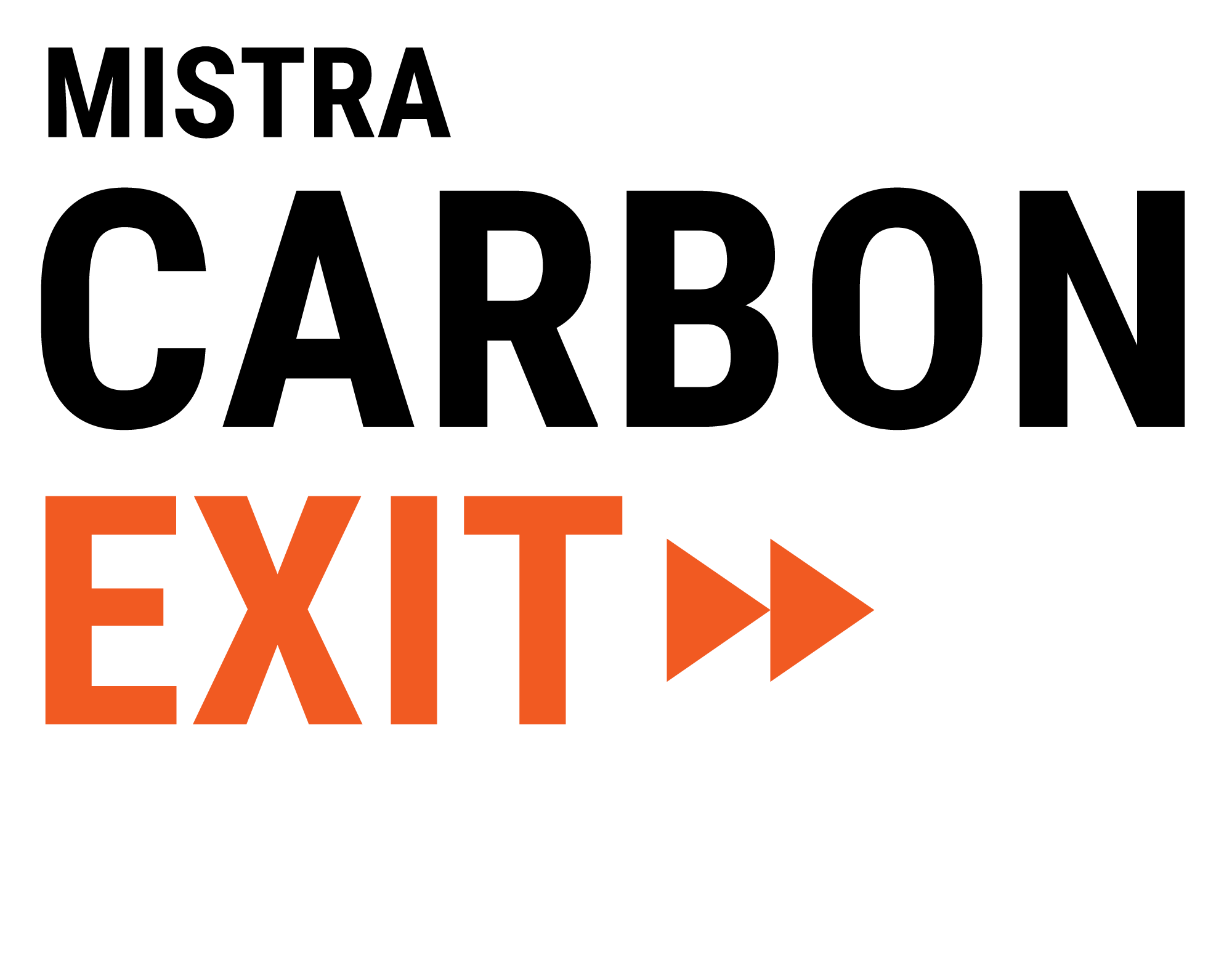Report from the Mistra Carbon Exit Program Conference
During two days in November nearly 50 participants from the Mistra Carbon Exit Consortium met for an internal program conference in Stockholm, Sweden. The aim was to present and discuss results from a number of work packages and case studies and allow for all participants to take part of what is done in the program.
The conference was opened by Peter Nygårds, chair of the Carbon Exit board who welcomed all the participants followed by Filip Johnsson and Lars Zetterberg then gave an overview of the program and the status in the different subprojects. Thomas Nilsson, programmes director at Mistra, gave Mistra’s views on the program and pointed out that the programme will provide new knowledge and strategies that can support the Swedish society and Swedish companies to become forerunners in offering low-carbon services and products.
– Mistra Carbon Exit is a big machinery to get going. It involves more than 40 researchers from ten different academic centers and universities, combined with a deep involvement from our industry partners, plus several actors from civil society, municipalities and authorities said Lars Zetterberg, program manager, at the opening.
The first session, chaired by Johan Rootzén from Chalmers, focused on the supply chain case study on transport infrastructure and supply-chain policies and strategies towards net zero emissions.
– It’s important to remind ourselves why we are doing this, why we are in a hurry. Emissions should have peaked already. Sweden and Europe has a better shot at reaching the goals so we need to start and finish earlier.
Ida Karlsson from Chalmers, presented one of the case study objects in this work package – Road 44 outside Lidköping, and gave an estimation of current and future carbon reduction potential.
– In the short turn we see biomass and biofuel pushing the change, and some material substitutions. Over time we see more energy efficiency, more hybrid equipment, and lastly a large chunk of electrification and some CCS.
The second session, led by Åsa Löfgren from GU, focused on policies and strategies with an eye towards zero emissions in transport infrastructure. Olga Chiapinelli from DIW talked about policies for climate friendly base materials, Lars Zetterberg explained how to strengthen the carbon pricing signal in the EU ETS and the role for companion policies and Milan Elkerbout, CEPS, presented examples of industrial partnerships and carbon cost integration. The question on how procurement requirements can be used for carbon management in infrastructure projects was picked up by Stefan Uppenberg, WSP, and Sofia Lingegård, KTH
– Innovation doesn’t spur automatically from by requirements in public procurement. The sectors involved are too complicated, innovation must be secured by surrounding actors. For this we need guidelines and collaboration between supply chains, Stefan Uppenberg, WSP, said.
– Public training programmes and handbooks on environmental requirements in public procurement would be helpful. It is important to set standards on bot a national and European level, Olga Chiapinelli, said.
In the third session, Sustainability assessments of net zero carbon supply chain scenarios, Mathias Gustavsson, IVL presented the Mistra Carbon Exit approach to sustainability assessment of the suggested net zero carbon supply chain scenarios. The approach aims to systematically assess direct and indirect impacts of the studied supply chain scenarios relative to the sustainable development goals. The results provide input to formulate options to strengthen supportive actions, but also mitigate trade-offs linked to individual SDGs.
– The SDGs are so interactive with one another, solving one SDG affects the others ones too. But it’s not simple arithmetic’s - two positive vs one negative doesn’t necessary make one positive, the negative effects might be too serious.
After the three sessions, the participants formed three break-out groups for in-depth discussions. The groups highlighted interesting questions and discussions continued over dinner, this was very much appreciated by the participants.
The second day of the conference hosted a fourth session, dedicated to start-up projects with focus on climate leadership and cooperation. Åsa Löfgren, GU, led the session and talked about the value of being a climate policy frontrunner. Victoria Wibeck, LiU, described the ongoing work with focus groups within the programme, as well as climate leadership and the Linköping Decision Arena used for conducting the interviews. Johan Rootzén ended the session with a presentation on collective action and transformative changes, looking at how the EU ETC can be complemented both with top down strategies such as consumption charges and bottom up strategies such as green transformation funds.
Finally, Lars Zetterberg and Filip Johnsson summarized the conference with some highlights from the two days.
– We would like to thank all for participating at the program conference. We are very happy with the outcome of the four sessions and in particular that almost all 33 participating organizations were represented. We hope that it gave you some new insights, found opportunities to meet and discuss with your colleagues and that you had a good time.











